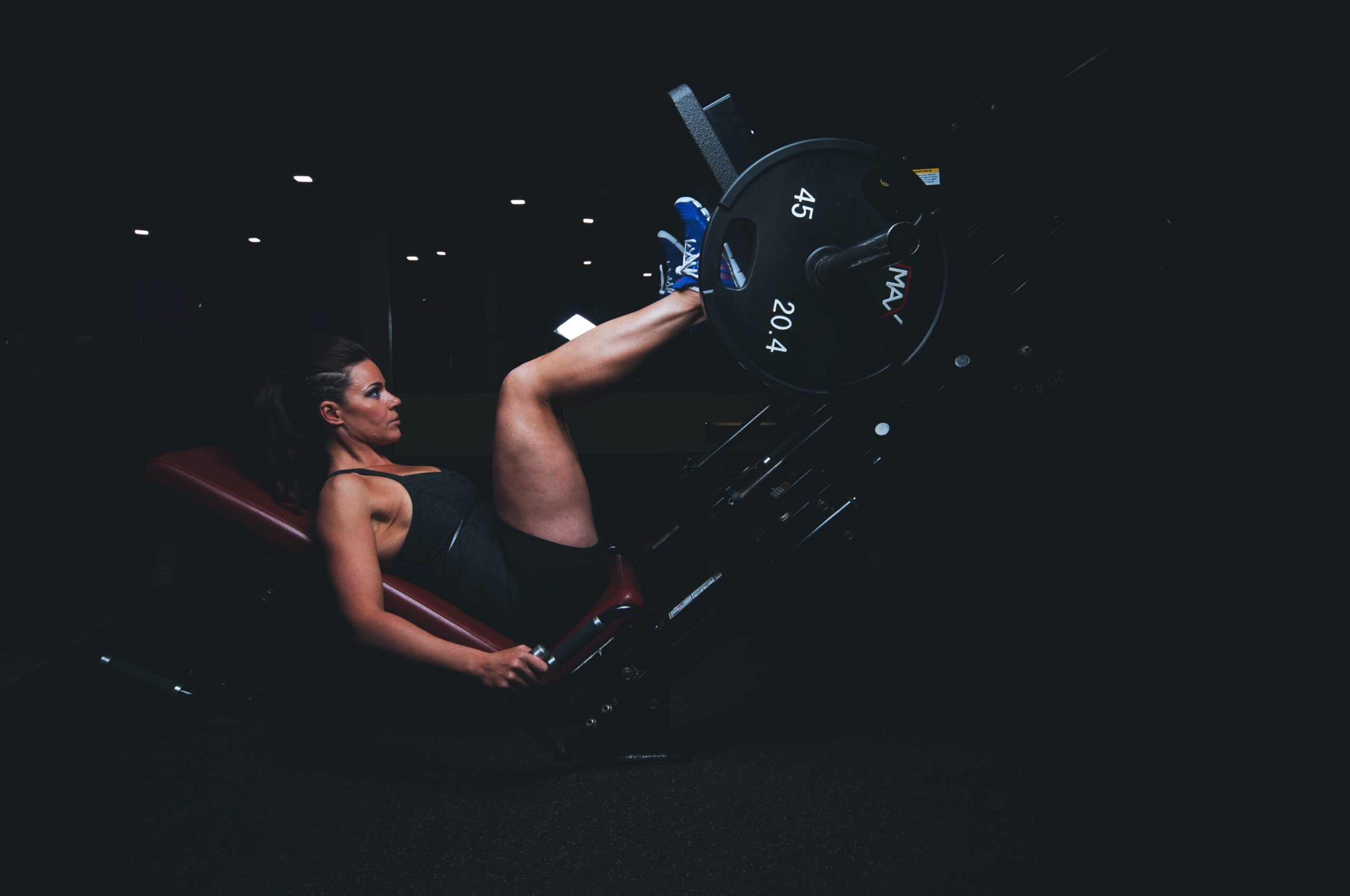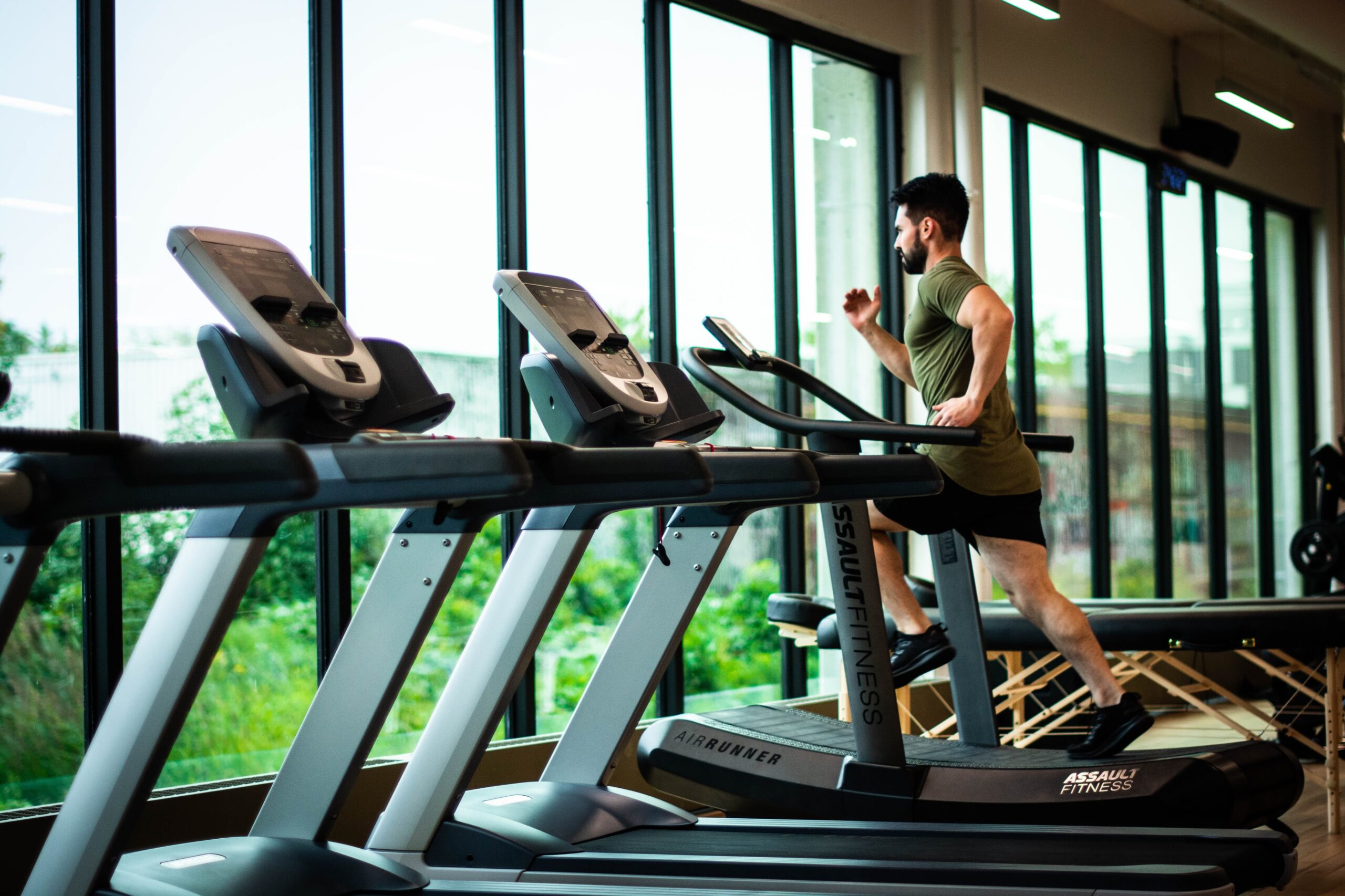
Resistance band training has gained immense popularity as a must-have at-home fitness accessory due to its versatility and simplicity for strength training. In this article, we will discuss the benefits and uses of resistance bands for muscle building. The top benefits of using resistance bands are targeted strengthening, low-impact workouts, and progressive resistance training, among others. Alternatively, some unique features that are driving the usage of resistance bands include their versatility, affordability, and convenience.
Key Takeaways:
- Resistance bands are versatile and simple tools for strength training, making them popular for at-home workouts.
- They offer targeted strengthening, low-impact workouts, and progressive resistance training.
- Resistance bands are lightweight, portable, and convenient for travel or home use.
- They can be used to target specific muscle groups and are scalable to your fitness level.
- Resistance bands are an affordable alternative to traditional weightlifting equipment.
- Resistance bands offer a safe and low-impact way to work out, reducing the risk of injuries compared to heavy weights or machines.
- Incorporating resistance band training into your workouts 2-3 times per week can be effective in building muscle and promoting overall fitness.
Also Read: Unleash the Fire Within: The Top-5 Fat Burning Cardio Workouts
Stretch Your Limits: The Incredible Benefits of Resistance Band Training
Resistance bands are elastic bands made of rubber or latex that offer physical resistance when stretched. They are portable and versatile, coming in various lengths, strengths, and styles, and can be used for a range of exercises and stretches. Here are some of the benefits of resistance band training:
- Low impact: Resistance bands are a low-impact way to work out, making them ideal for people with joint pain or injuries. Unlike heavy weights, they put less stress on your joints, allowing you to work out without exacerbating any existing conditions.
- Versatile: Resistance bands are lightweight and easy to pack, making them ideal for travel or working out at home. You can use them for a full-body workout or target specific muscle groups.
- Targeted: Resistance bands allow you to target specific muscle groups with precision, including quads, glutes, hamstrings, biceps, abs, and more. This can be especially helpful for people who want to focus on a particular area of their body.
- Scalable: Resistance bands come in different strengths, making them scalable to your fitness level. As you get stronger, you can move up to a stronger band to continue challenging your muscles. This helps to promote muscle growth and prevent plateaus in your fitness journey.
- Safe: Resistance bands are a low-impact way to work out, reducing the risk of injury compared to heavy weights or other types of equipment. They are also safer than machines that can lock you into a fixed range of motion, allowing for more freedom of movement.
- Progressive Resistance: Resistance bands come in different strengths, allowing you to increase the resistance over time as you get stronger. This helps to promote muscle growth and prevent plateaus in your fitness journey.
- Convenience: Resistance bands are lightweight and portable, making them ideal for workouts at home, in the gym, or on the go. They take up little space and can be stored easily, making them a convenient addition to any workout routine.
- Affordable: Resistance bands are an affordable alternative to traditional weightlifting equipment, making them accessible to everyone. Typically, resistance bands are available from $25, they are a one-time investment, as they do not require any additional equipment or maintenance.

Best Practices for Using Resistance Bands
Resistance bands are versatile and effective tools for strength training and flexibility exercises. To make the most of your resistance band workouts and ensure safety, consider these best practices:
- Choose the Right Band: Resistance bands come in various levels of resistance, usually categorized by color or tension. Start with a band that provides a moderate level of resistance and gradually progress to heavier bands as you become stronger.
- Warm-Up: Always start your workout with a proper warm-up to prepare your muscles for exercise. Incorporate dynamic stretches and light cardio to increase blood flow and reduce the risk of injury.
- Proper Form: Maintain proper form throughout your exercises to target the intended muscle group and avoid strain or injury. Pay attention to your posture and alignment, and use controlled movements.
- Anchor Securely: When anchoring your resistance band, ensure it is securely attached to a stable surface or object. A door anchor or a sturdy pole can be used as an anchor point. Make sure it won’t slip or snap back during exercise.
- Check for Wear and Tear: Regularly inspect your resistance bands for signs of wear, such as cracks, fraying, or stretching. Replace any damaged bands promptly to prevent accidents.
- Start with Light Resistance: If you’re new to resistance bands, begin with simple exercises and lighter resistance to get accustomed to the movements and build a solid foundation.
- Progressive Overload: Gradually increase the resistance over time to continue challenging your muscles. This progression helps you build strength and prevent plateaus in your fitness routine.
- Full Range of Motion: Perform exercises through a full range of motion to engage muscles effectively. Avoid short, jerky movements, as they can increase the risk of injury.
- Incorporate Variety: Switch up your exercises regularly to prevent overuse injuries and to target different muscle groups. There are countless exercises you can do with resistance bands, so keep your workouts diverse.
- Control the Band: Maintain control of the resistance band throughout each movement. Avoid letting the band snap back quickly, as this can cause injury.
- Breathe Properly: Remember to breathe steadily during your exercises. Exhale during the concentric (muscle-shortening) phase of the movement and inhale during the eccentric (muscle-lengthening) phase.
- Use Proper Grip: When holding the band, use a firm but comfortable grip. Avoid gripping too tightly, as this can lead to hand fatigue.
- Consult a Trainer: If you’re unsure about how to use resistance bands correctly or need guidance for specific exercises, consider working with a certified fitness trainer or physical therapist.
- Listen to Your Body: Pay attention to how your body feels during and after resistance band workouts. If you experience pain or discomfort, stop the exercise and consult a healthcare professional if necessary.
- Cool Down and Stretch: After your resistance band workout, incorporate static stretching to improve flexibility and reduce muscle soreness. This will help with recovery.
Remember that consistency is key to seeing results with resistance band training. Incorporate these best practices into your routine to maximize the benefits and minimize the risk of injury.
Final Thoughts
To sum up, resistance bands are a great way to add strength training to your fitness routine in an affordable and versatile manner.
They are low-impact, scalable, and convenient, making them a great option for people of all fitness levels. You should try incorporating resistance band training into your workouts to build muscle and improve overall fitness.
Also Read: Top 10 Celebrity Workout Routines and Diet Plans: Brad Pitt to Beyoncé
FAQs
- Q: Can resistance bands really build muscle?
- A: Yes! Resistance bands can provide the necessary resistance to challenge your muscles and stimulate growth.
- Q: How do I choose the right resistance band?
- A: You’ll want to choose a band with enough resistance to challenge your muscles, but not so much that you can’t perform the exercise with proper form. Start with a lighter resistance band and work your way up.
- Q: Can I use resistance bands for all muscle groups?
- A: Absolutely! Resistance bands can be used for upper, lower, and core body exercises.
- Q: Can I replace weightlifting with resistance bands?
- A: While resistance bands can be a great alternative to weightlifting equipment, it’s still important to incorporate a variety of exercises into your routine to target all muscle groups.
- Q: Can I build muscle with just resistance bands?
- A: Yes, you can! Resistance bands can provide enough resistance to challenge your muscles and stimulate growth.
- Q: Can resistance bands help with weight loss?
- A: While resistance band training can help build muscle and increase metabolism, it’s important to pair it with a healthy diet and cardio for weight loss.
- Q: Can resistance bands cause injury?
- A: As with any form of exercise, it’s important to use proper form and technique to prevent injury. Start with lighter resistance and gradually increase as your muscles get stronger.
- Q: How often should I use resistance bands for muscle building?
- A: Incorporating resistance band training into your workouts 2-3 times per week can be effective in building muscle.
- Q: Can resistance bands be used for stretching?
- A: Yes! Resistance bands can be a great tool for stretching and improving flexibility
- Q: Are resistance bands portable?
- A: Absolutely! Resistance bands are light and easy to carry, making them a handy option for workouts on the go.
Hashtags: #ResistanceBandTraining #StrengthTraining #MuscleBuilding #FitnessAccessories #HomeWorkouts #VersatileExercise #LowImpactFitness #ProgressiveResistance #TargetedStrength #AffordableEquipment #ConvenientWorkouts #PortableFitness #ScalableFitness #AtHomeWorkouts #ResistanceBands NOTE: The information provided in this article is for educational purposes only and should not be taken as medical advice. For personalized health recommendations, it is always advisable to consult with a healthcare professional before incorporating any changes to your daily health routine.







No comment yet, add your voice below!